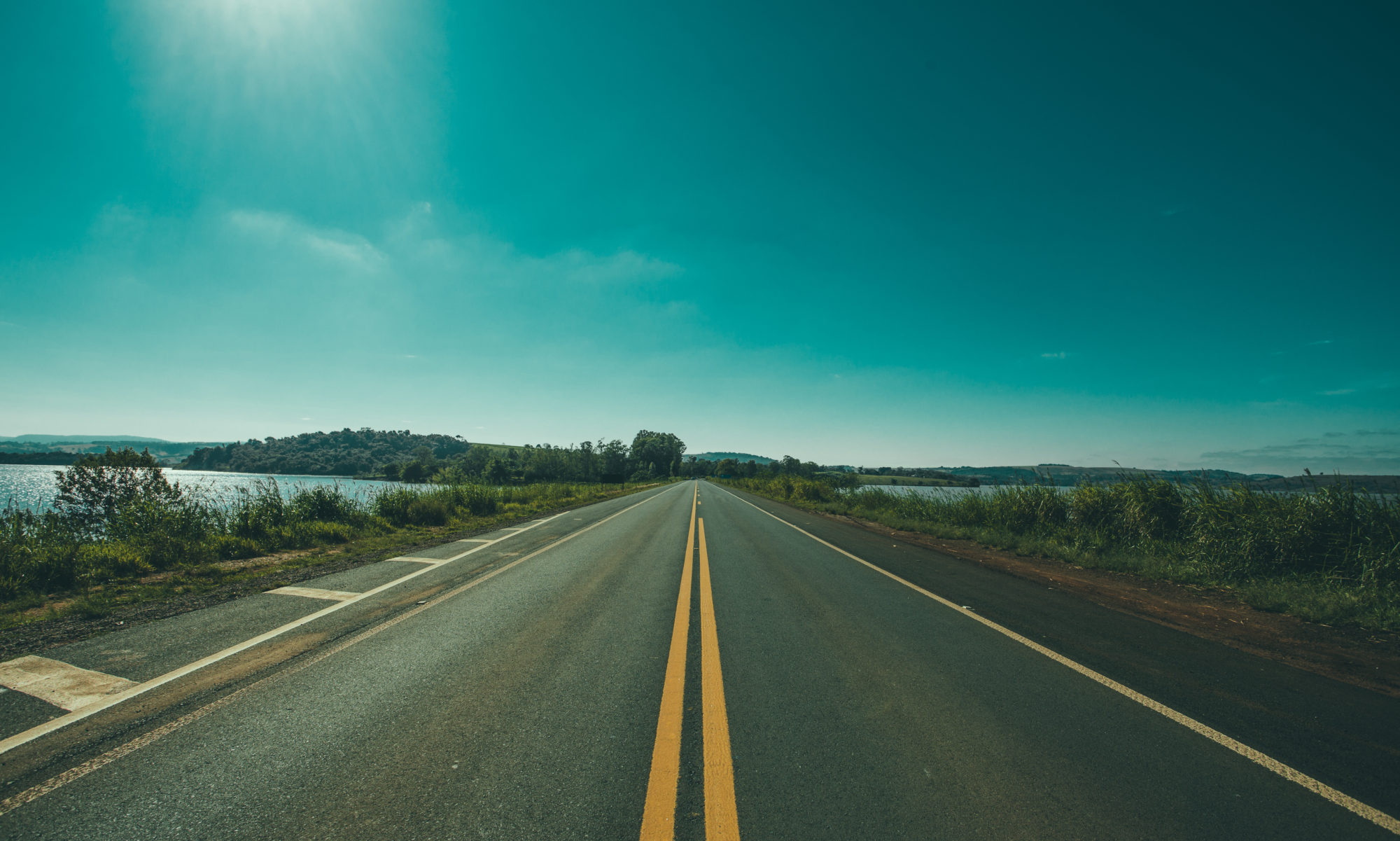As mentioned in the previous post, our laptop packed it in, with its treasure of photos and documents. So it goes.
On our few days in Katmandu before heading off to Pokhara to begin our trek, we hire a cabs to whisk us to distant parts of Katmandu and back.
Such as Bhaktapur. Bhaktapur has a ‘durbar‘, which in Nepal means a square with many temples and stuff.
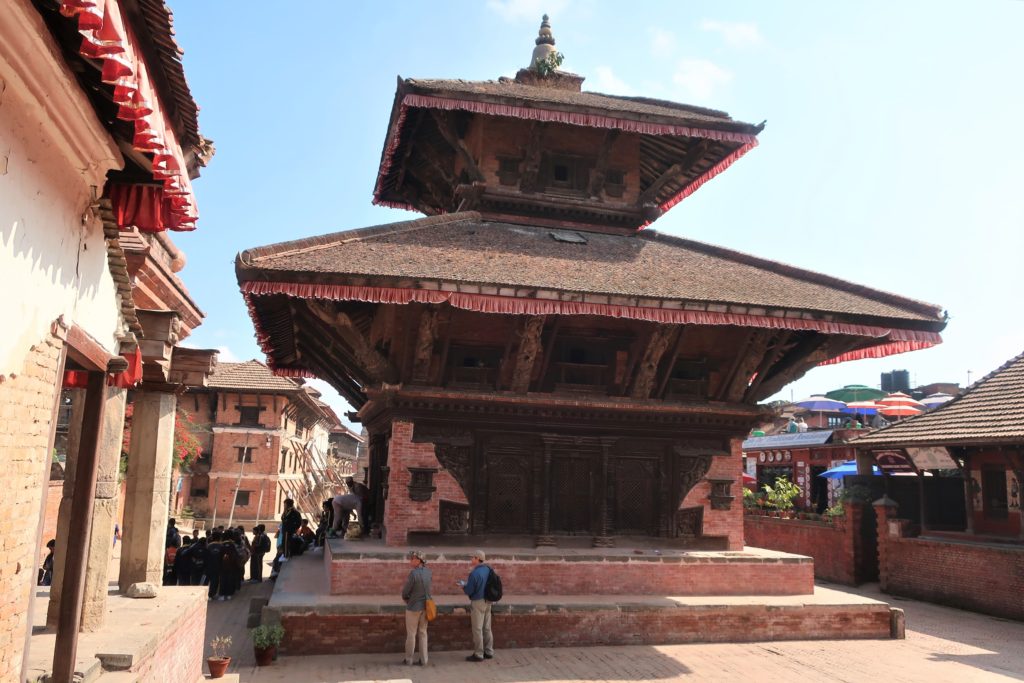
The same day, we visit another one, Patan Durbar, in Lalitpur.
The next day, we visit the cremation ghats at the Pashupatinath Temple.
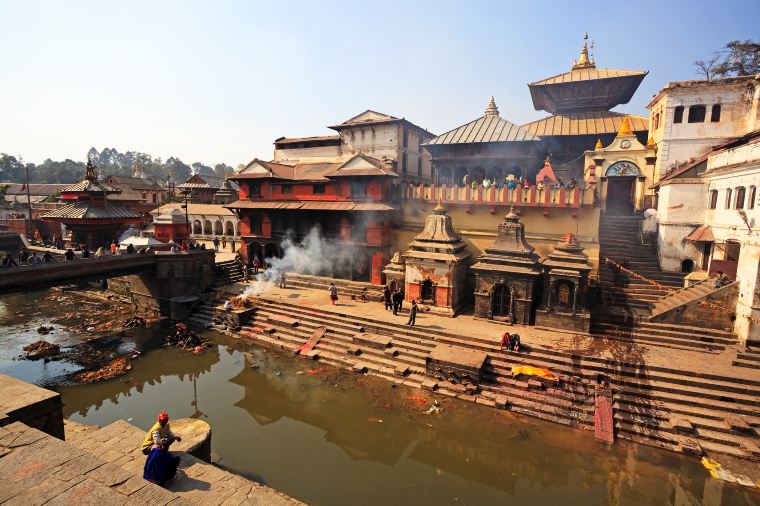
Then we head for the Tibetan side of town. We visit Boudhanath, a neighbourhood made up mostly of Tibetan refugees.
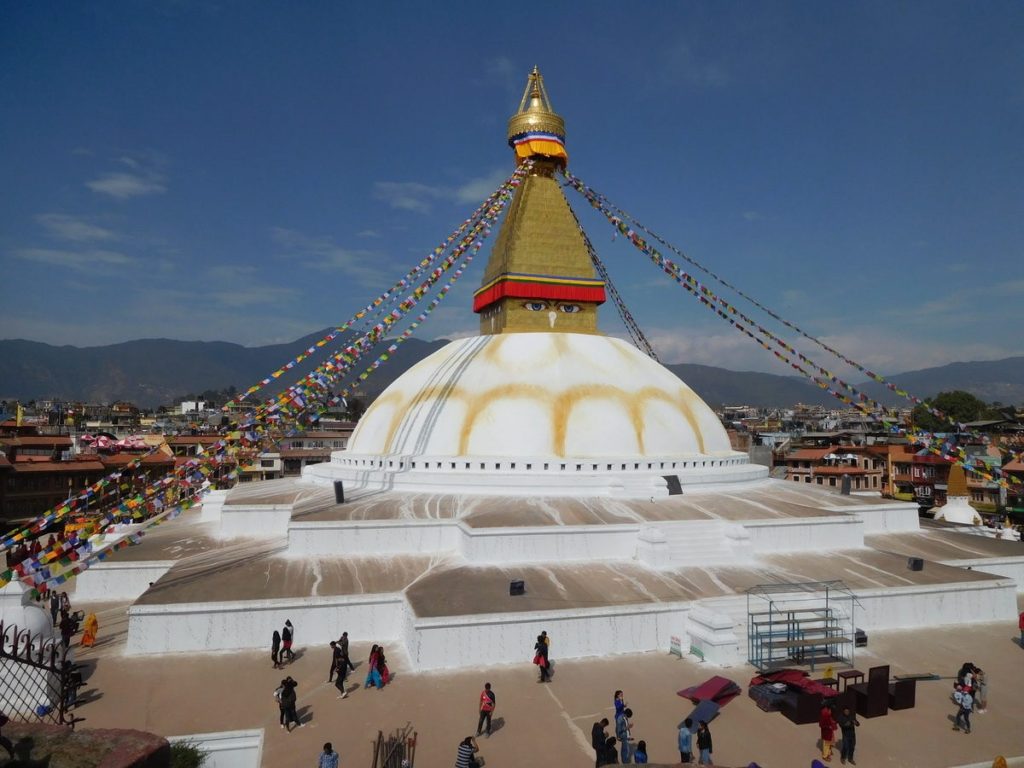
We take a bus to Pokhara. From there, we begin our uphill trek to Australian Camp.
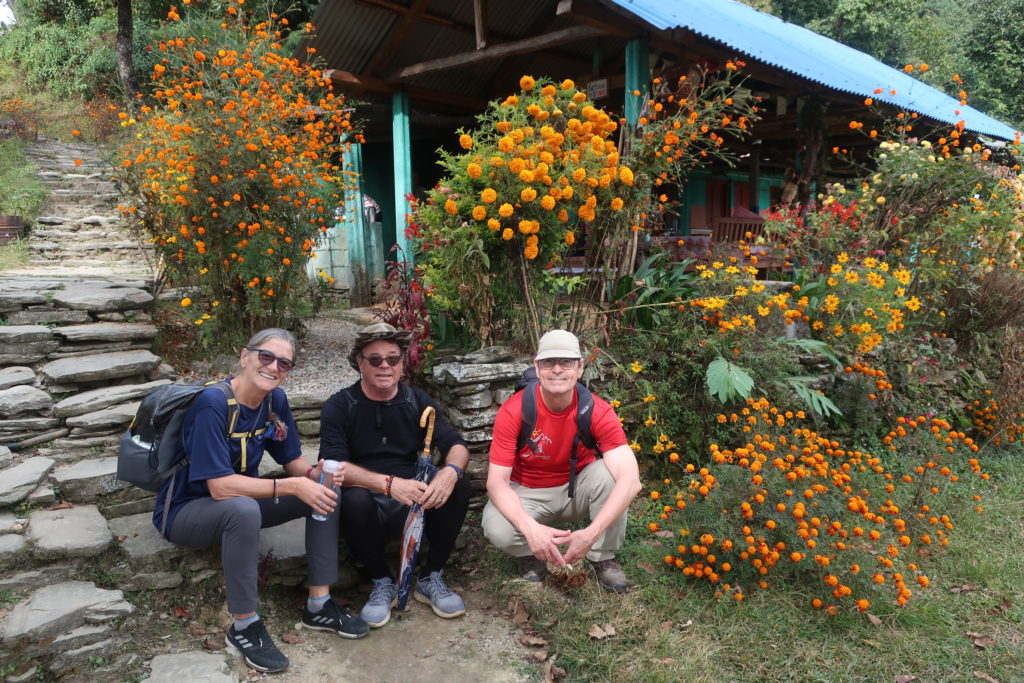
On the way, we see people carrying just about everything on their backs.

We pass through a few small hamlets along the trail.

They make swings out of giant bamboo here.
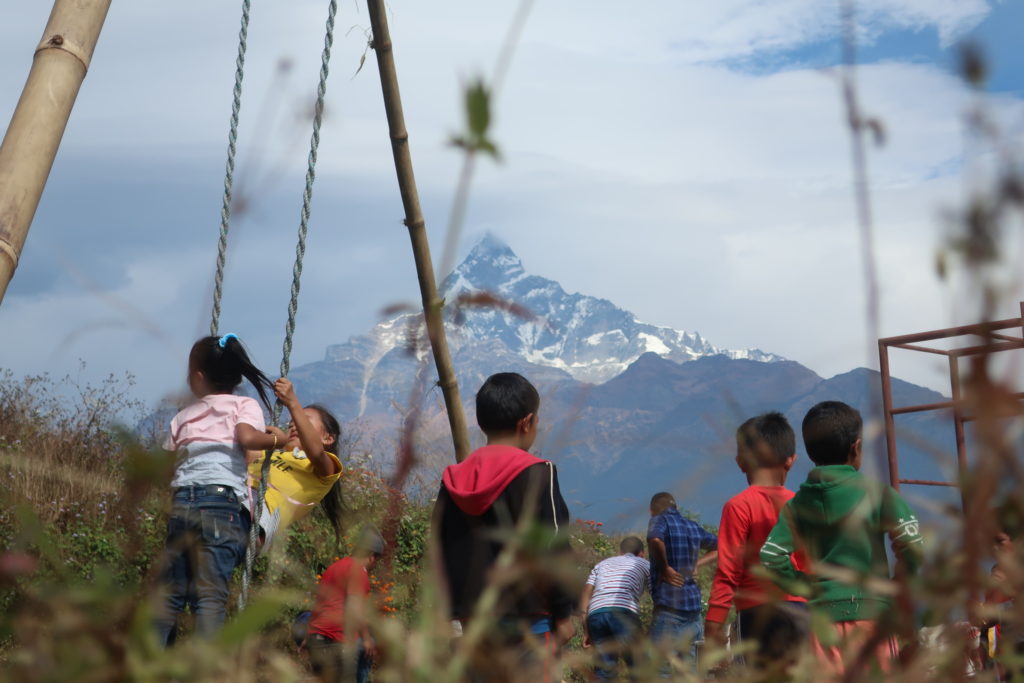
The first day is uphill most of the time.
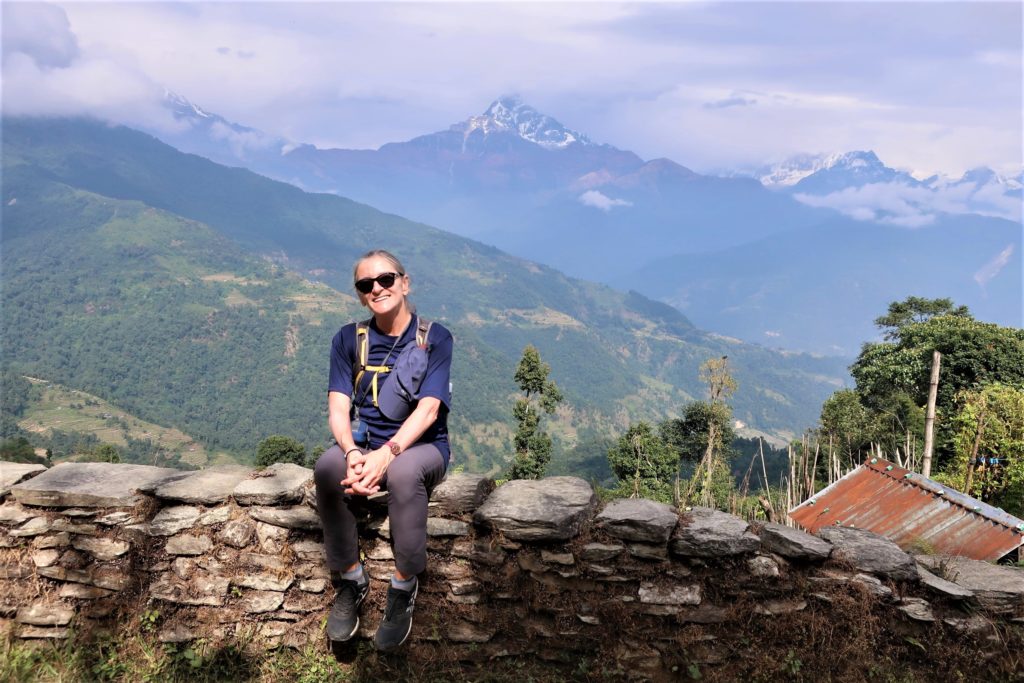
This is Australian Camp. It’s the goal of day number one.
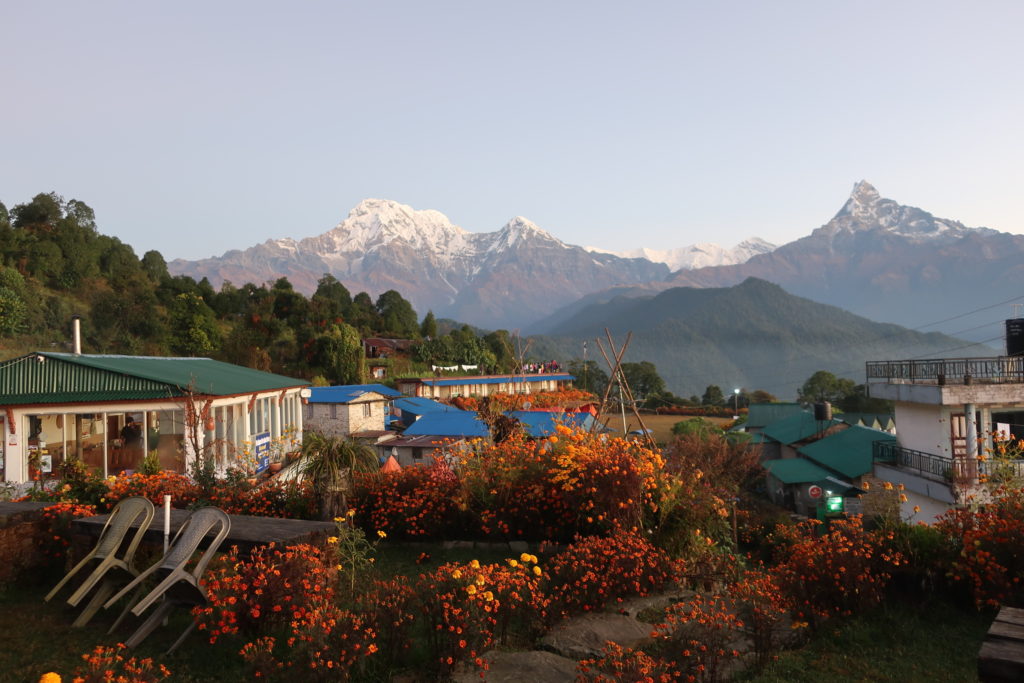
Many people gather to see the sun rise over the Himalayas first thing in the morning.
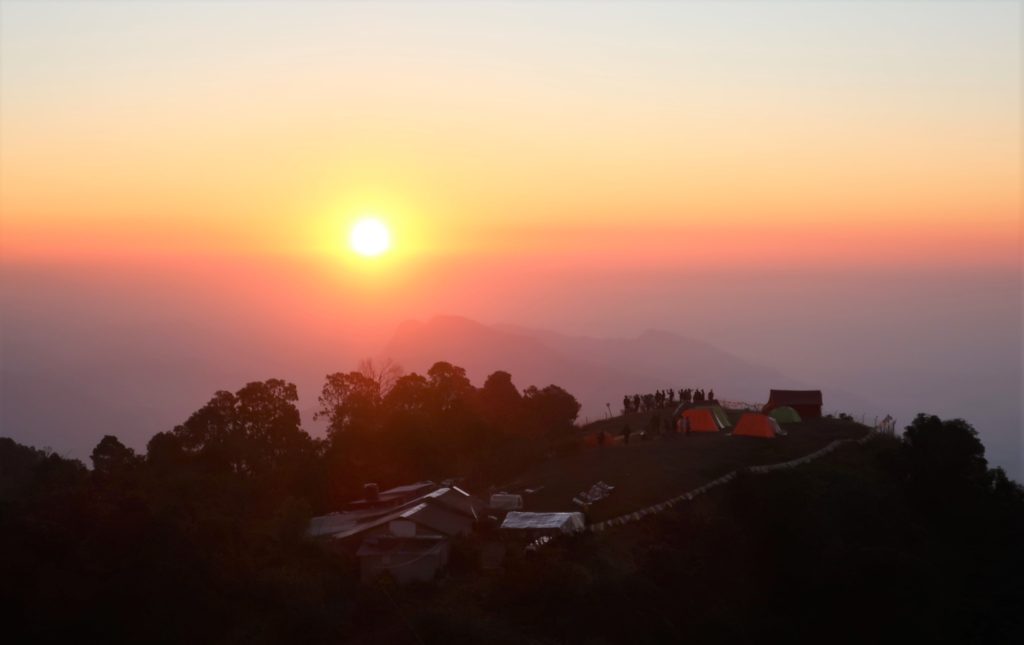
Pete and Maria here, greeting the morning sun.
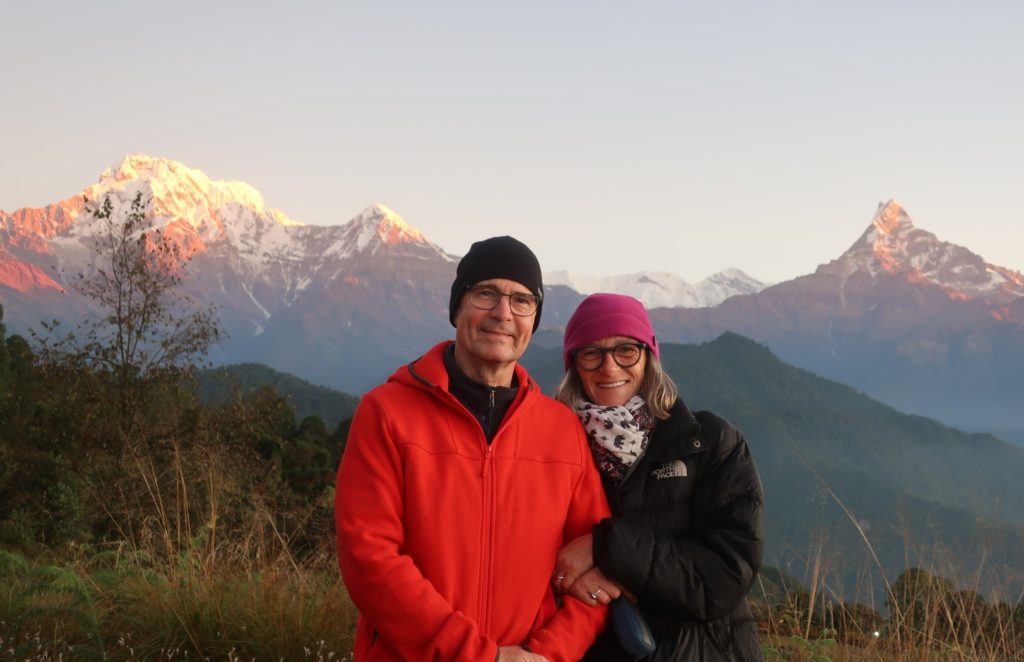
Here’s a view of the mountains from the front yard of our accommodation.
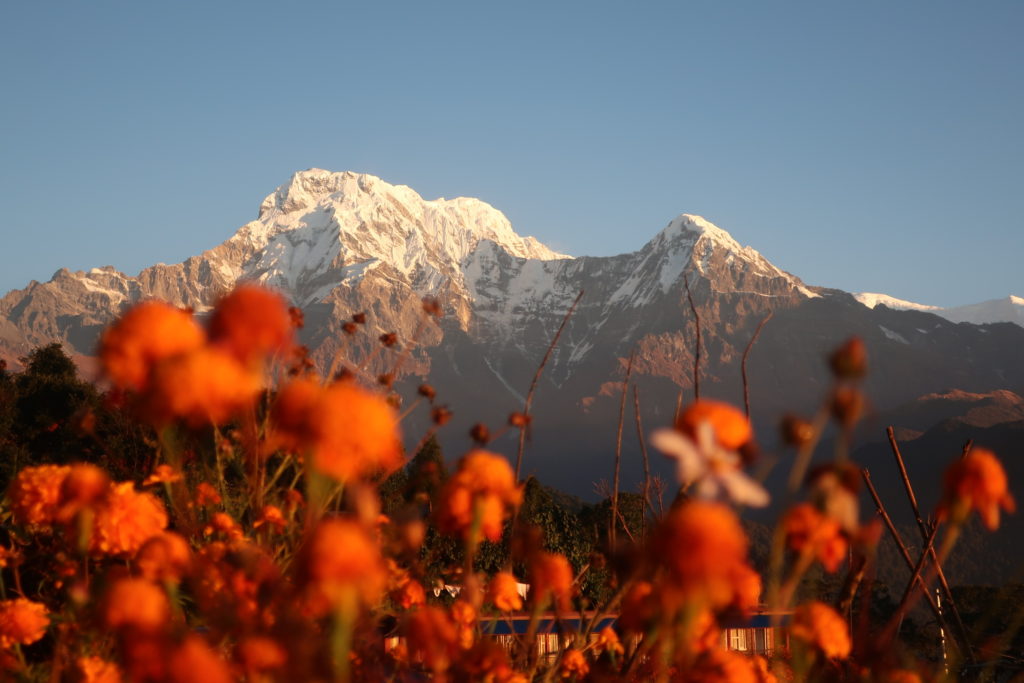
Our key-holders are shaped like Ghurka khukuris. Pete wears his with panache.
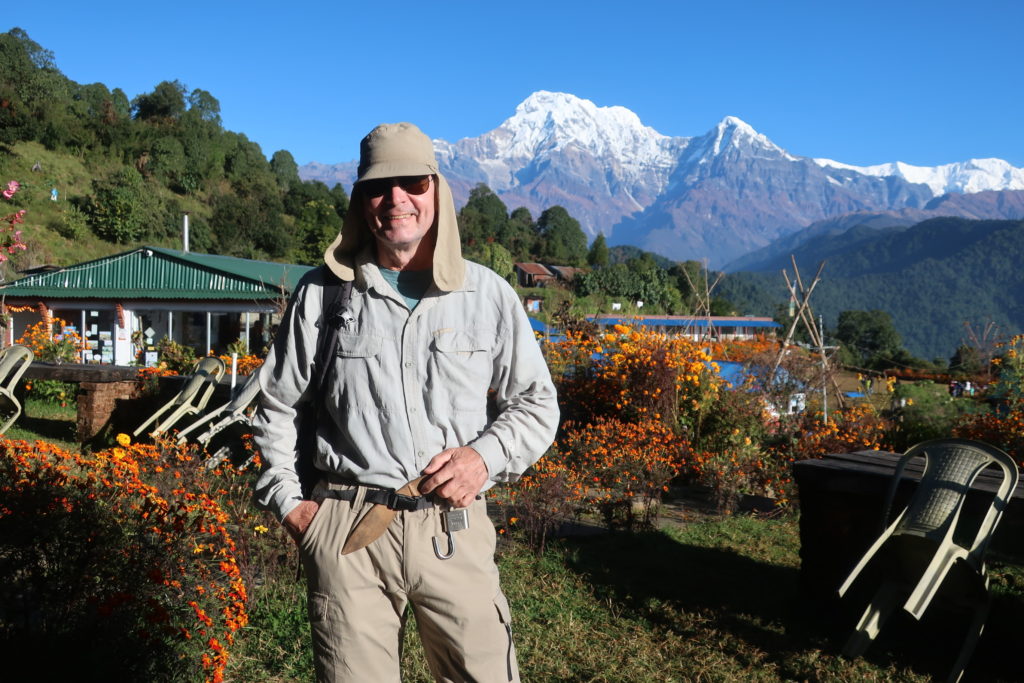
On our way out of town, I befriend the village cat.
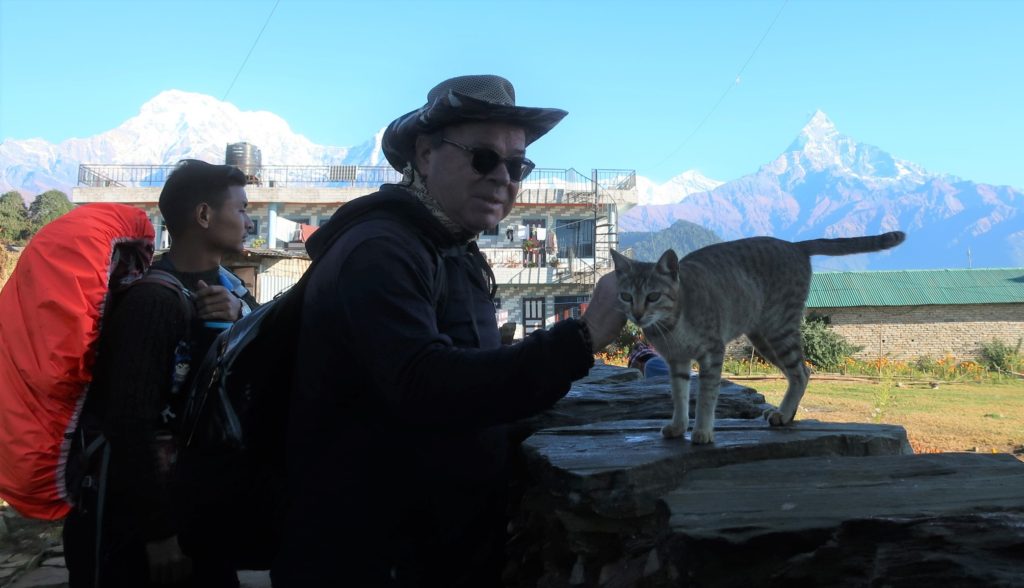
The beginning of the day starts on a pleasant downhill track.
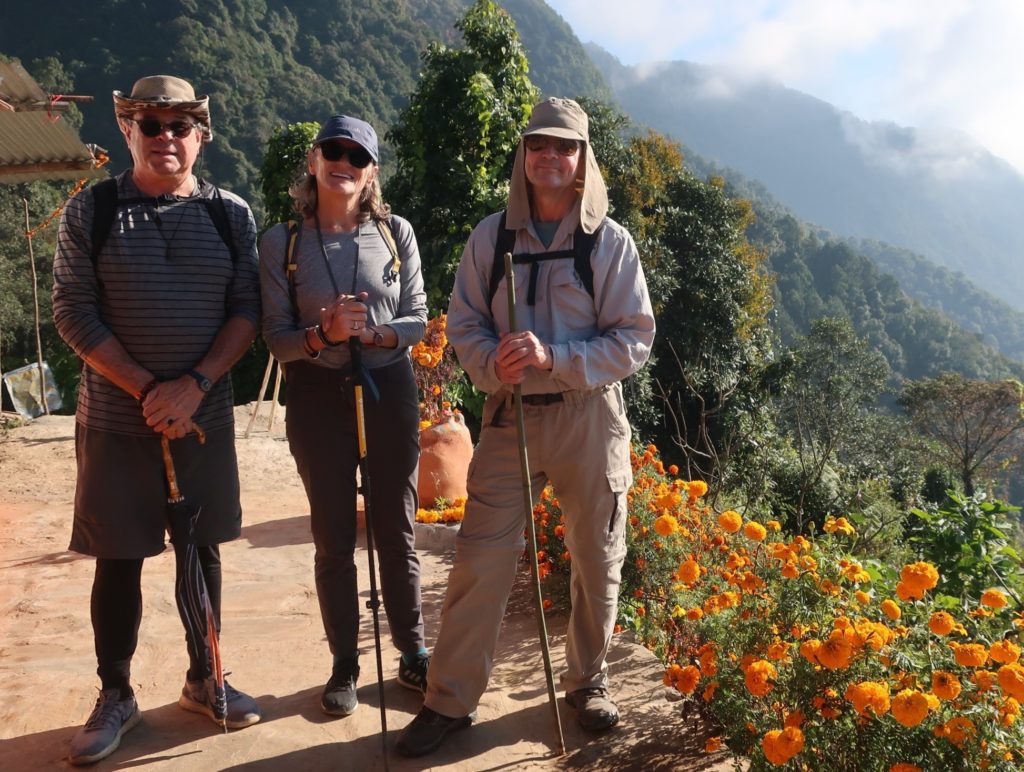
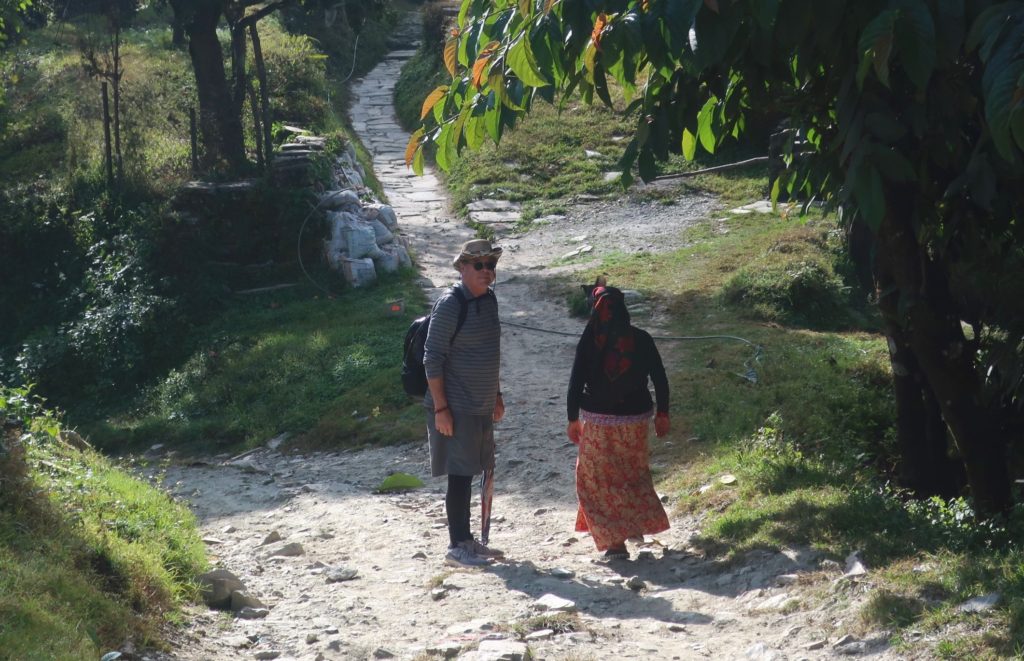
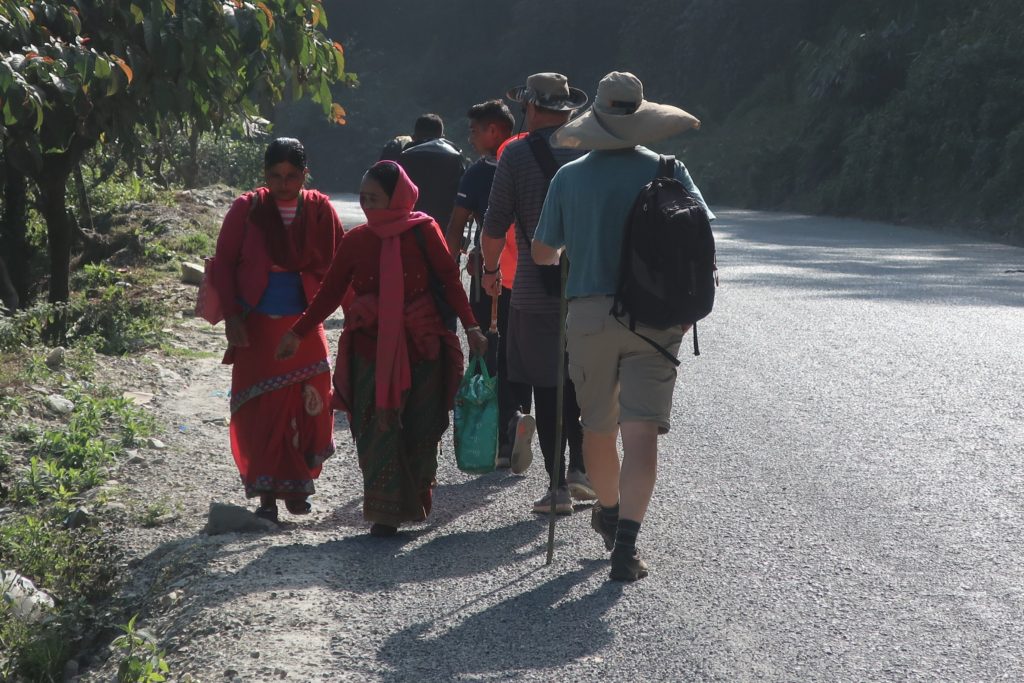
We come off the trail and start down a busy roadway. We think this is temporary, but it turns out to be our route for the day.
We flag down a taxi to take us to Sarangkot.
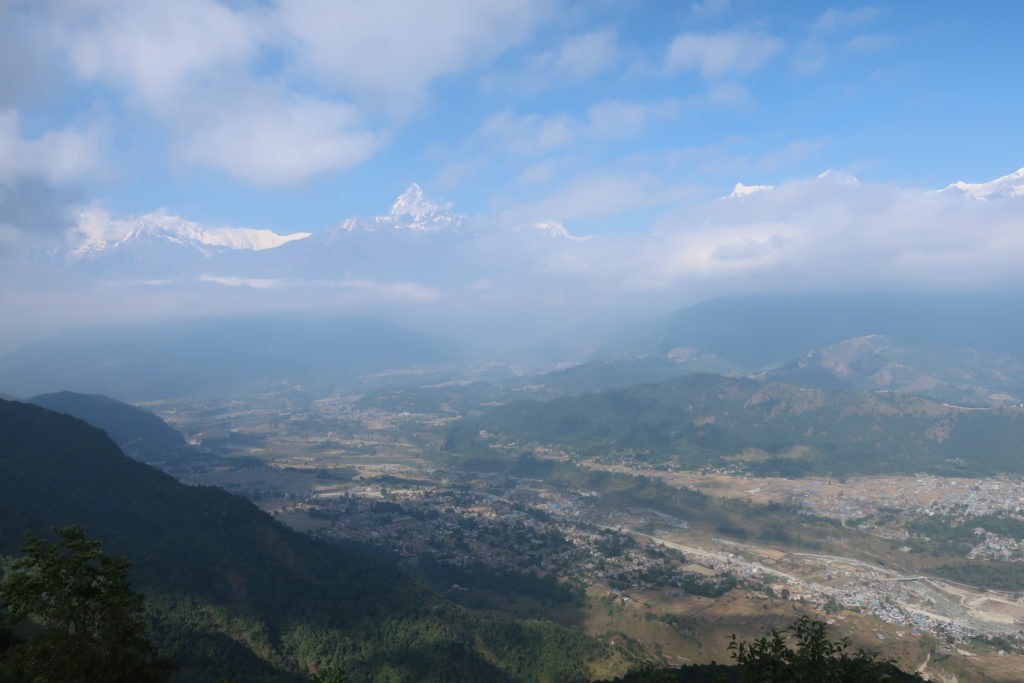
Back in Pokhara, we visit the Gurkha Museum.
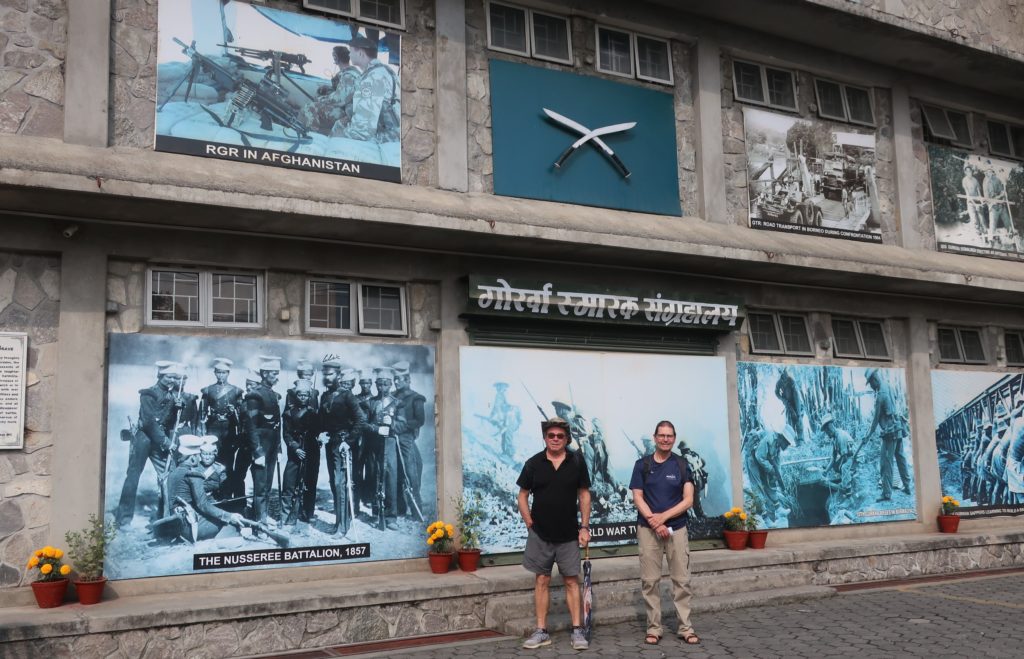
Sight or Insight of the Day
We come across a village where the local women are dancing to celebrate some sort of local holiday.
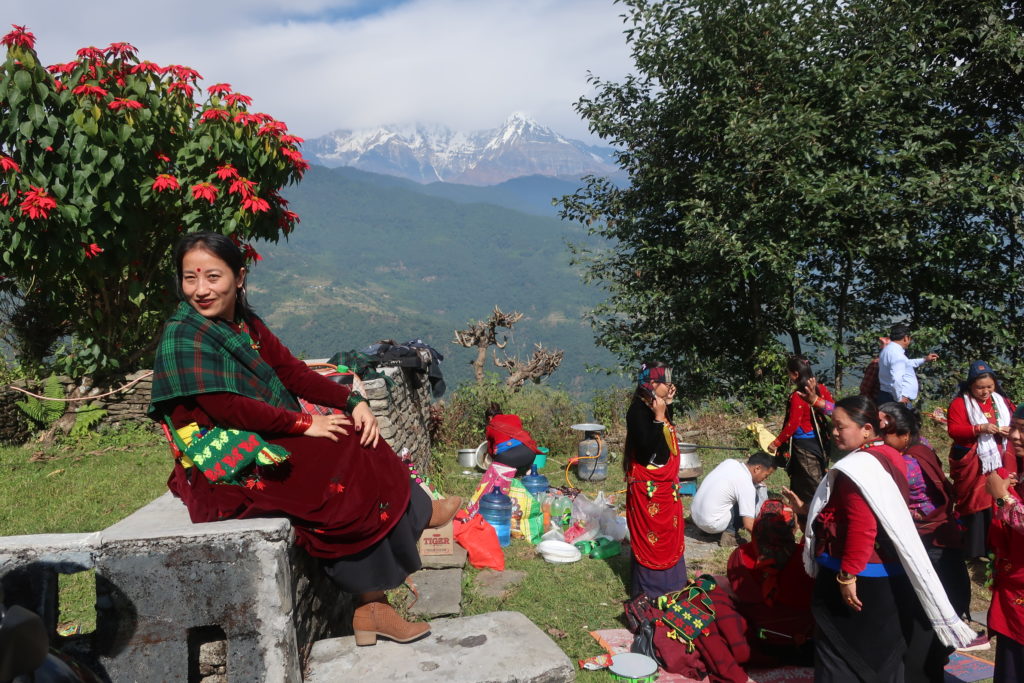
So of course, Maria has to join in.
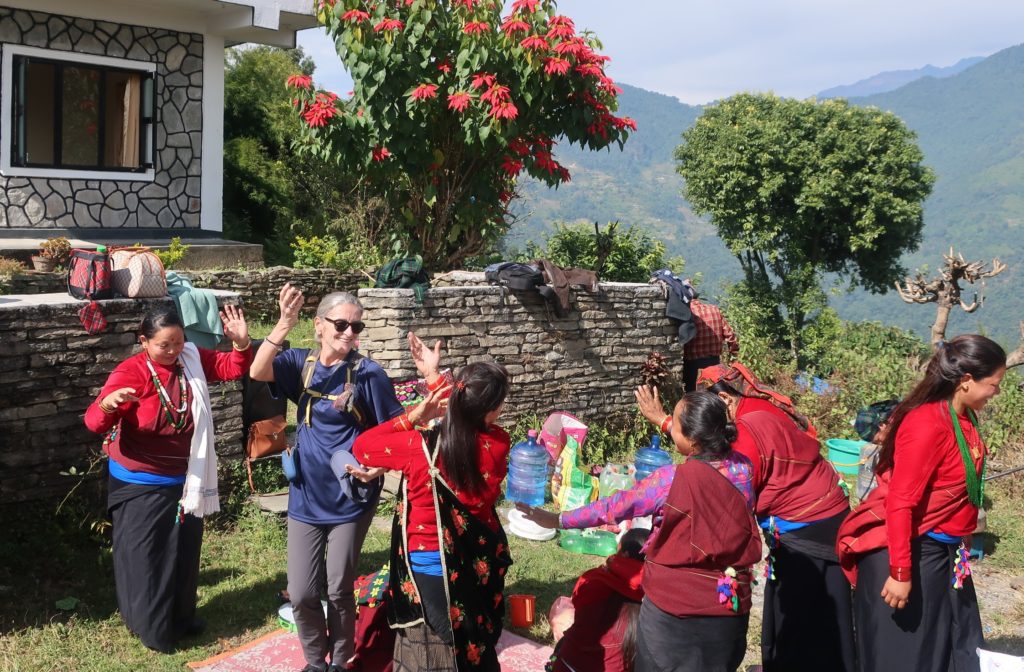
The ladies are impressed with Maria’s Terpischorean prowess.
